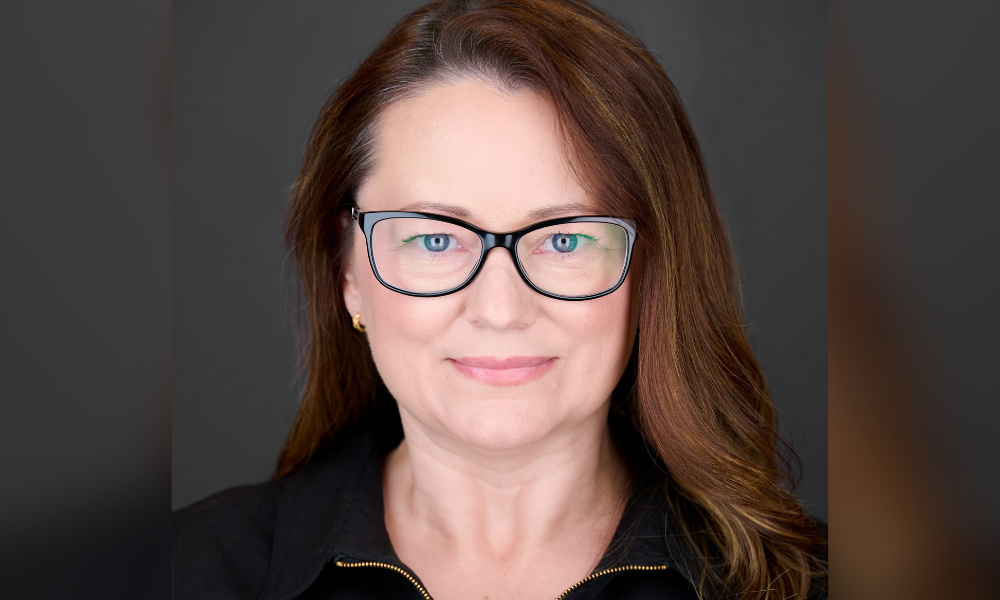How women can break barriers in insurance – and boost the bottom line

How women can break barriers in insurance – and boost the bottom line | Insurance Business Canada
Insurance News
How women can break barriers in insurance – and boost the bottom line
The arguments for change go beyond a simple moral obligation
Insurance News
By
Nicole Panteloucos
About a year after the release of Greta Gerwig’s Barbie movie, the sentiment that, ‘women can be anything’, although depicted in an imaginary world, rings just as true.
However, reality still often falls short, as a lack of representation in senior roles can make it challenging for women to envision themselves in diverse career paths, especially in traditionally male-dominated fields such as insurance.
Though in recent years there has been a noticeable uptick in women across the industry, despite this progress, diversity in executive positions continues to lag behind. While women now occupy approximately 60% of the total insurance workforce, when it comes to leadership roles, data from the Million Women Mentors Women in Insurance Initiative shows that women only occupy 29% of senior executive positions.
While these statistics emphasize the need for improvement, Terri Mason-Benjamin (pictured), vice president of marketing and distribution at CNA Canada, pointed out, “its important to recognize the way that the stage is set” – and that there may be one key motivation for DE&I that may be overlooked.
Challenging the status quo
Setting the stage for the insurance industry, the narrative suggests that leading roles have all too often been dominated by men.
This has become a vicious circle, prompting impostor syndrome among those that remain. “When you don’t see yourself represented, or people like you represented it in a certain way, it can cause you to think that you don’t deserve to be there,” said Mason-Benjamin.
As a panelist at Insurance Business Canada’s Women in Insurance Summit last week in Toronto, Mason-Benjamin offered insights on unlocking career success, highlighting that stepping outside of one’s comfort zone is key to combating impostor syndrome. “Put your hand up for strategic opportunities that allow you to show your capabilities versus being the note taker, or being the person taking care of the catering, organizing, and logistics. These things often still tend to get assigned to women. While its OK to do these things occasionally, seek out opportunities that will allow you to develop and grow your career.”
The value of diverse thinking
Overcoming impostor syndrome is crucial not only for women to excel on an individual career level but also for insurance organizations to thrive – an often overlooked argument in favour of DE&I is the genuine difference it can make to the bottom line.
Adding women to executive roles introduces new perspectives and transforms company thinking. Evidence shows that firms with women in senior positions are more socially responsible and make better customer safety decisions.
Women also contribute positively to organizations’ finances.
A report by McKinsey looking at 1,265 companies across 23 countries—revealed that gender-diverse executive teams have a 39% greater likelihood of financial outperformance.
Reflecting on the value of gender inclusivity, Mason-Benjamin emphasized: “Diversity of thought and experience is crucial in business. Bringing those different perspectives to the table makes a significant impact.”
As more companies recognize the value of inclusivity, the push for balanced representation in insurance leadership will continue to gain momentum, driving innovation and growth across the sector.
Related Stories
Keep up with the latest news and events
Join our mailing list, it’s free!






